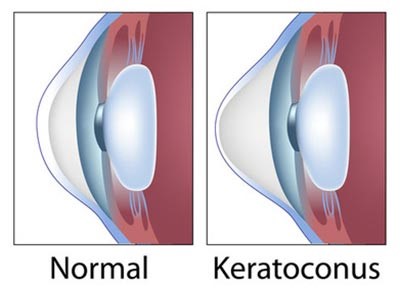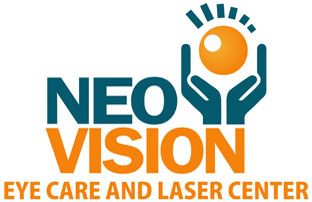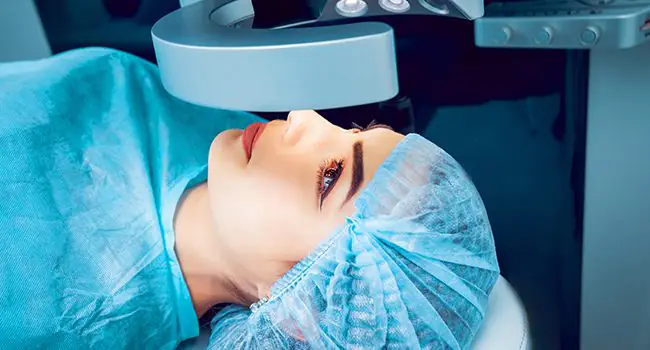Introduction
Our eyes are precious windows to the world, allowing us to experience the beauty and wonders that surround us. However, for some individuals, a condition known as keratoconus can impair their vision and quality of life. Keratoconus is a progressive eye disorder that affects the cornea, causing it to become thin and bulge into a cone-like shape. In this blog, we will delve into the causes, symptoms, and treatment options for keratoconus, shedding light on this often misunderstood condition.
Understanding Keratoconus
cornea is the clear, dome-shaped surface that covers the front of the eye, responsible for refracting light and focusing it onto the retina. In a healthy eye, the cornea maintains its round shape, but in keratoconus, it progressively thins and weakens, causing it to bulge outward in a cone-like manner. This irregular shape disrupts the way light enters the eye, leading to distorted vision.

Causes
The exact cause of keratoconus remains somewhat elusive, but a combination of genetic, environmental, and hormonal factors likely contribute to its development. Research suggests that a family history of keratoconus increases the risk of developing the condition. Moreover, certain eye rubbing habits and chronic eye irritation have been linked to the progression of keratoconus. Additionally, some studies indicate a potential hormonal influence, as the condition tends to worsen during puberty and stabilize later in life.
Symptoms
In the early stages, individuals with keratoconus may experience mild vision distortion, which can be easily mistaken for common refractive errors like nearsightedness or astigmatism. However, as the condition progresses, the following symptoms become more noticeable:
Blurred or distorted vision: Patients often report that their vision becomes increasingly distorted, making it difficult to read, drive, or perform daily activities.
Frequent prescription changes: Eyeglass or contact lens prescriptions may need to be updated frequently as the cornea’s shape changes.
Increased sensitivity to light: Bright lights may cause discomfort and glare, further impacting vision quality.
Halos and ghosting: Patients may see halos or ghost images around lights, particularly at night.
Eye strain and headaches: Straining to see clearly can result in eye fatigue and headaches.
Diagnosis
An eye care professional can diagnose keratoconus through a comprehensive eye examination. This typically includes a visual acuity test, corneal topography to map the cornea’s shape, and corneal pachymetry to measure its thickness. Additionally, a thorough medical history and family history review are crucial in the diagnostic process.
Treatment Options
Neo Vision Eye Care and Laser Center Provides Best treatment options to all Keratoconus patients.
Several treatment options are available to manage or reduce its progression and improve visual acuity:
Glasses or soft contact lenses: In the early stages, mild keratoconus can be corrected with eyeglasses or soft contact lenses. However, as the condition progresses, rigid gas permeable (RGP) or scleral lenses may be recommended, as they provide better visual acuity by conforming to the irregular corneal shape.
Corneal cross-linking (CXL): This minimally invasive procedure aims to strengthen the cornea and slow down the progression of keratoconus. It involves applying riboflavin (vitamin B2) drops to the cornea and exposing it to ultraviolet light, promoting collagen cross-linking and corneal stiffening.
Neo Vision Eye Care Provides the accelerated crosslinking surgery which provides faster keratoconus treatment in Pune and earlier recovery.
Intacs inserts: Intacs are small, crescent-shaped inserts surgically placed within the cornea to flatten and reshape it, improving vision and reducing myopia and astigmatism caused by keratoconus.
Partial or full-thickness corneal transplant: In severe cases where other treatments are ineffective, a corneal transplant may be considered. This procedure involves replacing part or all of the damaged cornea with healthy donor tissue.
Conclusion
Keratoconus is a challenging eye condition that requires timely diagnosis and appropriate management to preserve vision and improve the quality of life for those affected. If you experience any vision-related symptoms or have a family history of keratoconus, it is essential to schedule an eye examination with an Eye Doctor. With advancements in treatment options, individuals with keratoconus can find relief and hope in managing this condition effectively. Remember, early detection and proactive care are the keys to maintaining healthy vision and eye health

